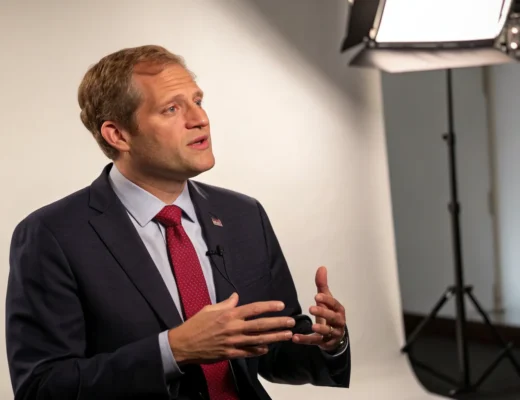Fed’s Cautious Approach to Monetary Policy
The Federal Reserve’s decision to hold rates steady for the fourth consecutive time suggests a deliberate strategy to allow previous monetary tightening measures to work their way through the economy. This pause follows an aggressive rate-hiking cycle that saw the Fed raise rates multiple times to combat inflation that reached multi-decade highs. DiMartino Booth, who closely tracks Fed policy decisions, notes that this extended pause represents a significant shift from the rapid pace of rate increases seen in previous quarters. The current rate range of 4.25% to 4.5% reflects a substantial increase from the near-zero rates that were in place at the beginning of the tightening cycle. The Fed’s current stance appears to strike a balance between concerns about inflation and growing worries about economic growth and employment. By maintaining rates rather than continuing to raise them, the central bank aims to achieve a “soft landing” – controlling inflation without triggering a recession.Market Reactions and Economic Implications
Financial markets have been closely monitoring the Fed’s decisions, with each announcement having significant implications for stocks, bonds, and other investment vehicles. The consistency in the Fed’s approach has provided some stability for investors who had previously faced uncertainty about the pace and extent of monetary tightening. The extended pause has several economic implications:- Mortgage rates and other consumer borrowing costs may stabilize after rising substantially
- Businesses face more predictable financing conditions for capital investments
- The labor market may continue to adjust to higher interest rates without dramatic disruption







